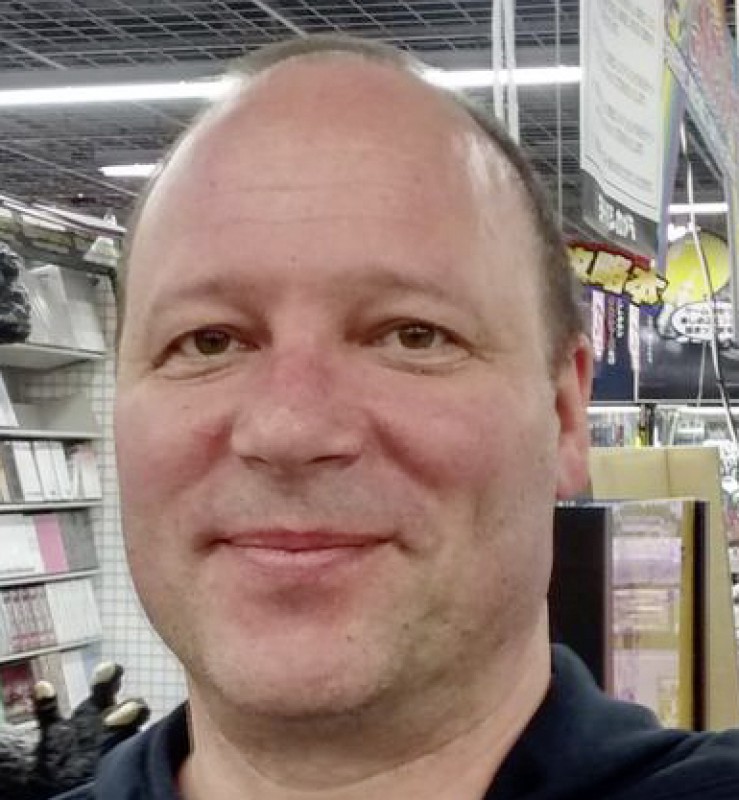KLI Colloquia are invited research talks of about an hour followed by 30 min discussion. The talks are held in English, open to the public, and offered in hybrid format.
Fall-Winter 2025-2026 KLI Colloquium Series
Join Zoom Meeting
https://us02web.zoom.us/j/5881861923?omn=85945744831
Meeting ID: 588 186 1923
25 Sept 2025 (Thurs) 3-4:30 PM CET
A Dynamic Canvas Model of Butterfly and Moth Color Patterns
Richard Gawne (Nevada State Museum)
14 Oct 2025 (Tues) 3-4:30 PM CET
Vienna, the Laboratory of Modernity
Richard Cockett (The Economist)
23 Oct 2025 (Thurs) 3-4:30 PM CET
How Darwinian is Darwinian Enough? The Case of Evolution and the Origins of Life
Ludo Schoenmakers (KLI)
6 Nov (Thurs) 3-4:30 PM CET
Common Knowledge Considered as Cause and Effect of Behavioral Modernity
Ronald Planer (University of Wollongong)
20 Nov (Thurs) 3-4:30 PM CET
Rates of Evolution, Time Scaling, and the Decoupling of Micro- and Macroevolution
Thomas Hansen (University of Oslo)
4 Dec (Thurs) 3-4:30 PM CET
Chance, Necessity, and the Evolution of Evolvability
Cristina Villegas (KLI)
8 Jan 2026 (Thurs) 3-4:30 PM CET
Embodied Rationality: Normative and Evolutionary Foundations
Enrico Petracca (KLI)
15 Jan 2026 (Thurs) 3-4:30 PM CET
On Experimental Models of Developmental Plasticity and Evolutionary Novelty
Patricia Beldade (Lisbon University)
29 Jan 2026 (Thurs) 3-4:30 PM CET
Jan Baedke (Ruhr University Bochum)
Event Details

Topic description:
Computational models to explore the structure and evolution of catalyzed reaction networks (or metabolism in particular) have demanding pre-requisites. The central component of such a model requires a formalization of chemistry which is able to capture the algebraic and thermodynamic structure of chemical processes while remaining computationally tractable. During chemical transformations molecular entities can change their quantitative physico-chemical properties while atom types and mass is conserved. Furthermore, upon interaction, novel molecular species with hitherto unknown physico-chemical properties may arise. The formalism must be expressive enough to mimic the intricacy of a modern metabolic network, without restricting the possible chemistry to the known extant end results. With such a formalism in place the question how evolved reaction networks differ from abiotic ones can be approached. I will illustrate the potential of our graph grammar based chemistry formalism by presenting results (i) on the evolution of metabolism showing that all traces of the early reaction system are erased, and (ii) the density of autocatalysis in reaction networks, which turns out to be rather high for metabolism.
Biographical note:
Christoph Flamm received a master in Organic Chemistry (focus area natural product synthesis) and a doctorate in Theoretical Chemistry (focus area folding kinetics of RNA) from the University of Vienna. After an extended postdoctoral research stay at the University of Leipzig he returned to the University of Vienna and was conferred the venia docendi (Habilitation) in fall 2006. Since that time he is Associate Professor at the Institute for Theoretical Chemistry at the University of Vienna. Flamm teaches Cheminformatics and Systems Biology courses. He is experienced in the development of theoretical methods for the analysis of complex (bio)chemical reaction systems and computational RNA Biology. Flamm currently focuses his research on blending computer science and chemistry concepts.


